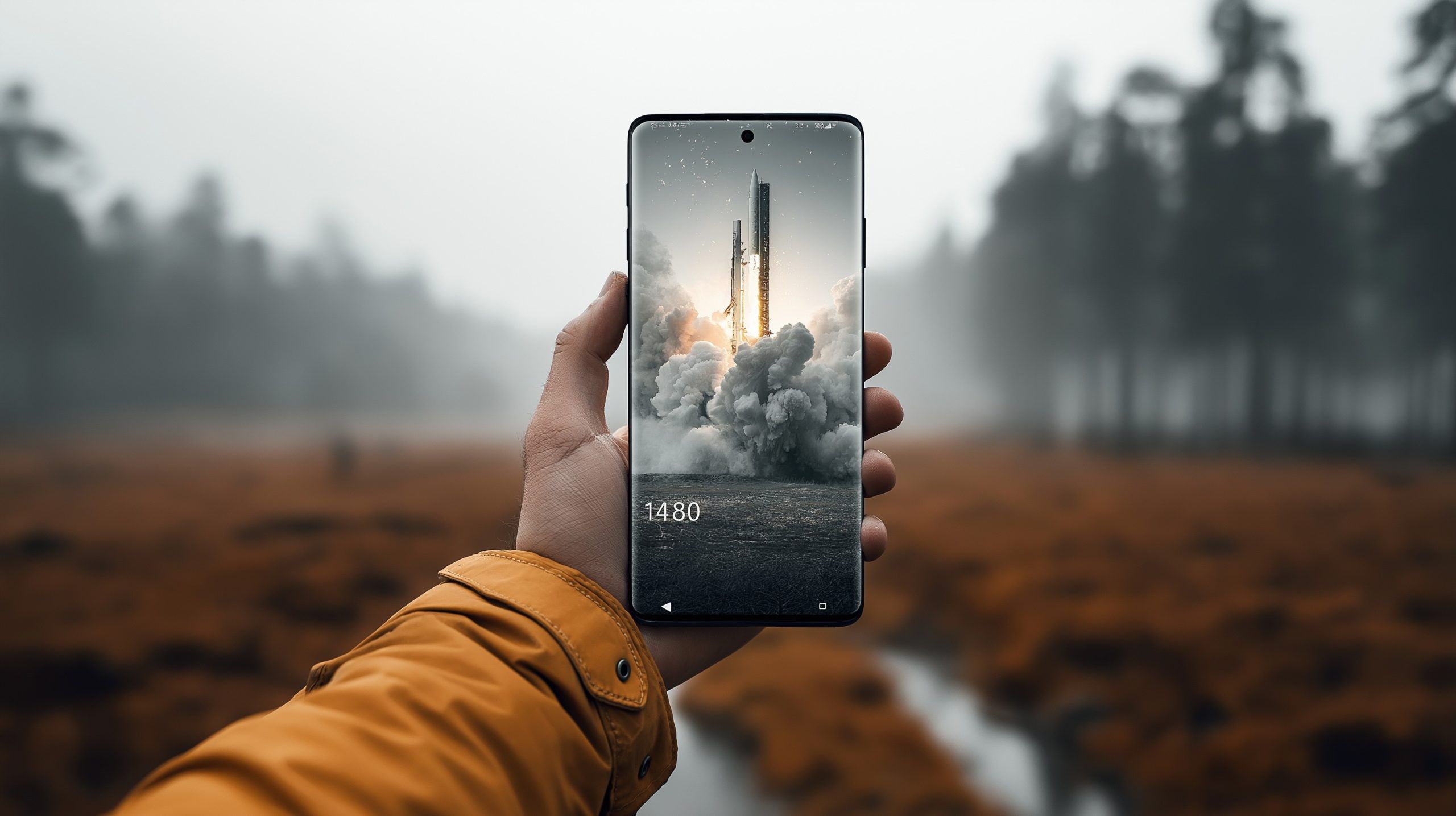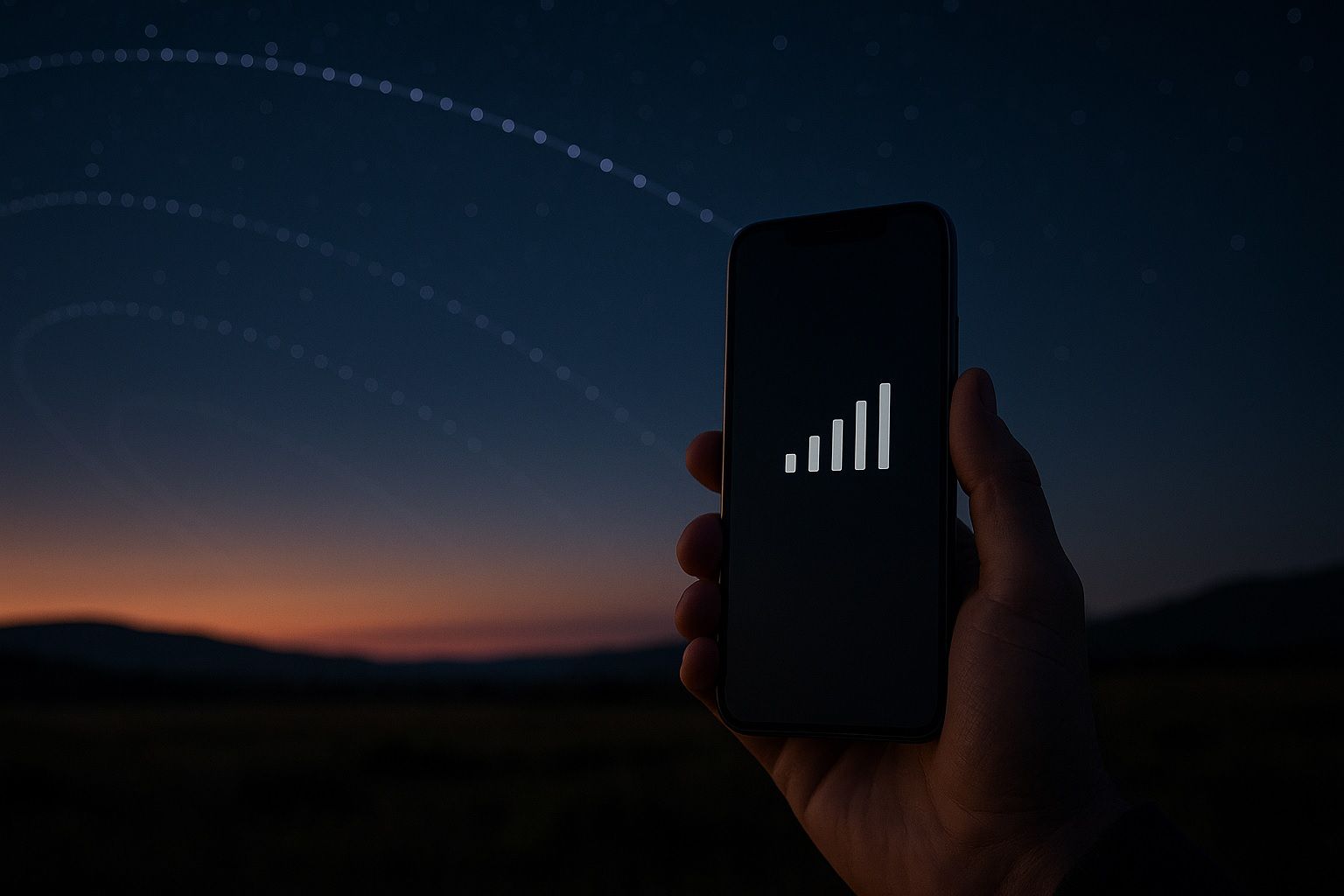
No Signal? No Problem – T-Mobile’s Starlink Satellite Service Launches to End Dead Zones
T-Mobile’s satellite service, T-Satellite, is now live nationwide and out of beta, making it the first major U.S. carrier to offer direct satellite coverage for ordinary smartphones. The service piggybacks SpaceX’s Starlink satellites and requires no extra antenna or app,

